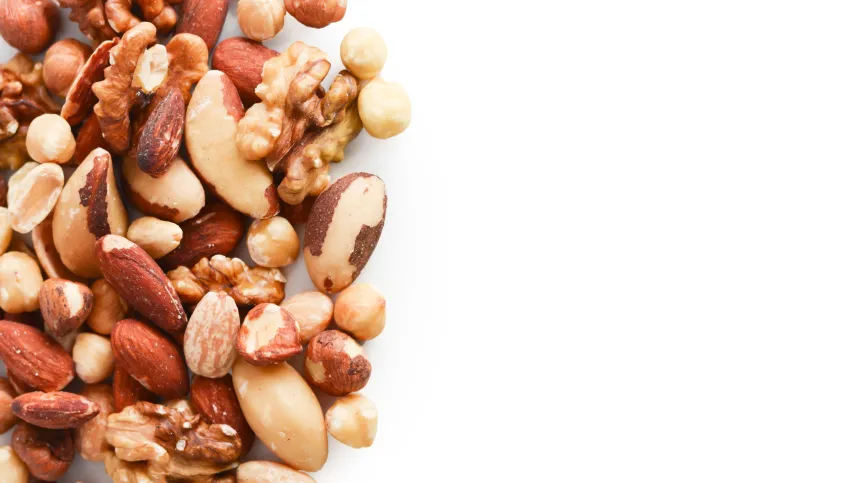
Scientists from the University of Warsaw and Utrecht University in the Netherlands have experimentally demonstrated for the first time that the Brazil nut effect does not require any energy supply. The discovery could be crucial for many fields of science and industry.
What is the Brazil nut effect and why does it matter? “You have probably shaken an open bag with a mixture of nuts,” say scientists from the Faculty of Physics of the University of Warsaw. “Did you notice that the largest nuts in the mixture - Brazil nuts - rise to the top? The phenomenon of large objects rising to the surface of a mixture of small objects, bearing the professional name of granular convection, is popularly referred to as the +Brazil nut effect+ and occurs commonly in nature. It can also be observed by shaking, for example, a bucket of sand and pebbles.”
Until now, it was thought that an influx of external energy (such as shaking the bag of nuts) was necessary to achieve the Brazil nut effect. However, theoretical models suggested that the phenomenon could occur spontaneously.
Now, the researchers have demonstrated it experimentally.
In an experiment described in The Proceedings of the National Academy of Sciences of the United States of America they obtained the effect in a colloid.
“We have shown that the Brazil nut effect can take place in a mixture of charged colloidal particles driven solely by Brownian motions and repulsion of electric charges,” says Dr Jeffrey Everts from the Faculty of Physics of the University of Warsaw. He carried out the theoretical calculations for the experiment under the supervision of René van Roij of the Institute for Theoretical Physics of the Utrecht University,
Marjolein van der Linden, working under the supervision of Alfons van Blaaderen from the Debye Institute for Nanomaterials Science, Utrecht University, was responsible for the experimental part of the study.
Although we are talking about the same effect as in the bag of nuts, the mechanism behind the behaviour of the molecules in the colloid are different. In the case of a nut mixture or, for example, grains of sand and pebbles, smaller nuts or pebbles fill in the gaps created at the bottom, pushing the larger ones to the top. Meanwhile, the charged particles in the colloid make Brownian motion as a result of collisions with the surrounding solvent molecules.
“Each particle is positively charged. Heavier but larger particles have a greater charge, so they repel each other more strongly, making them move upward more easily than smaller but lighter particles,” says Dr Everts explains.
The discovery may be of considerable importance for science and industry, including geology, soft matter physics, or the stabilisation of paints and inks, the scientists emphasise. (PAP)
PAP - Science in Poland
mat/ zan/ kap/
tr. RL













